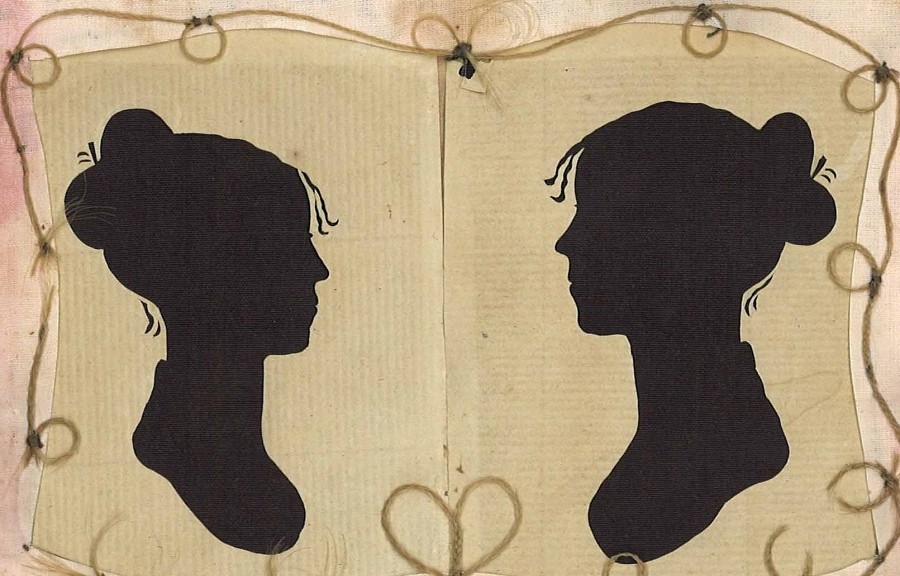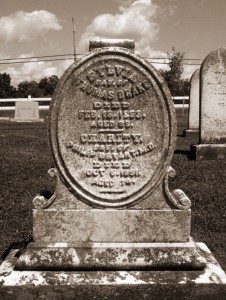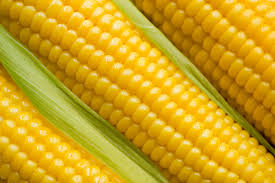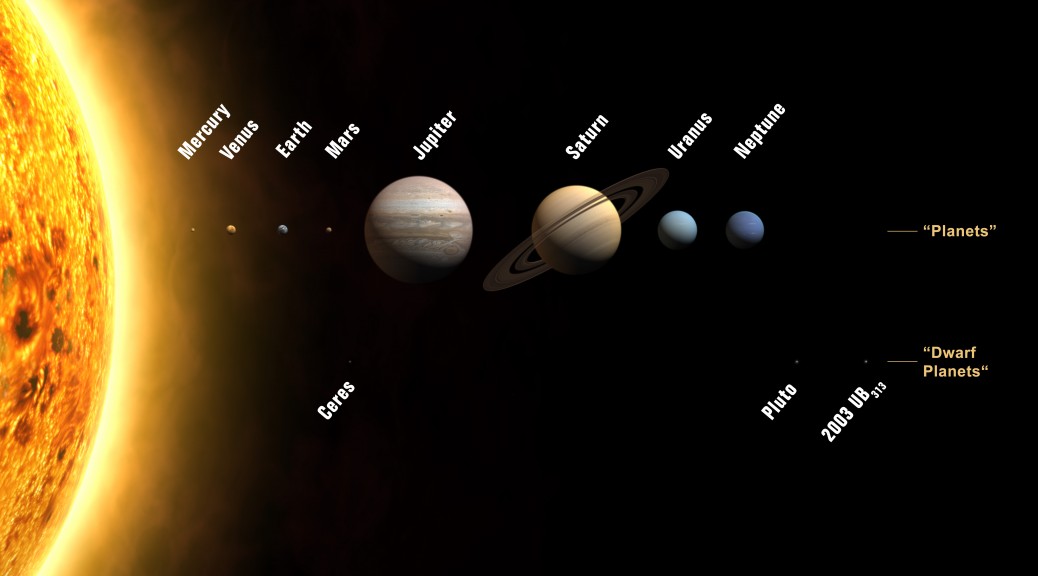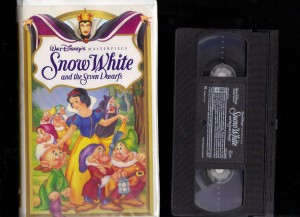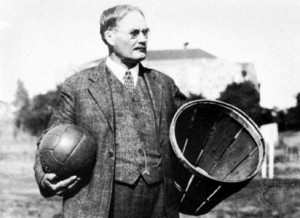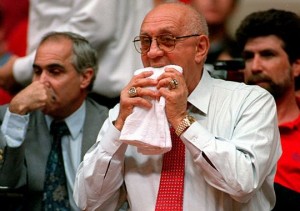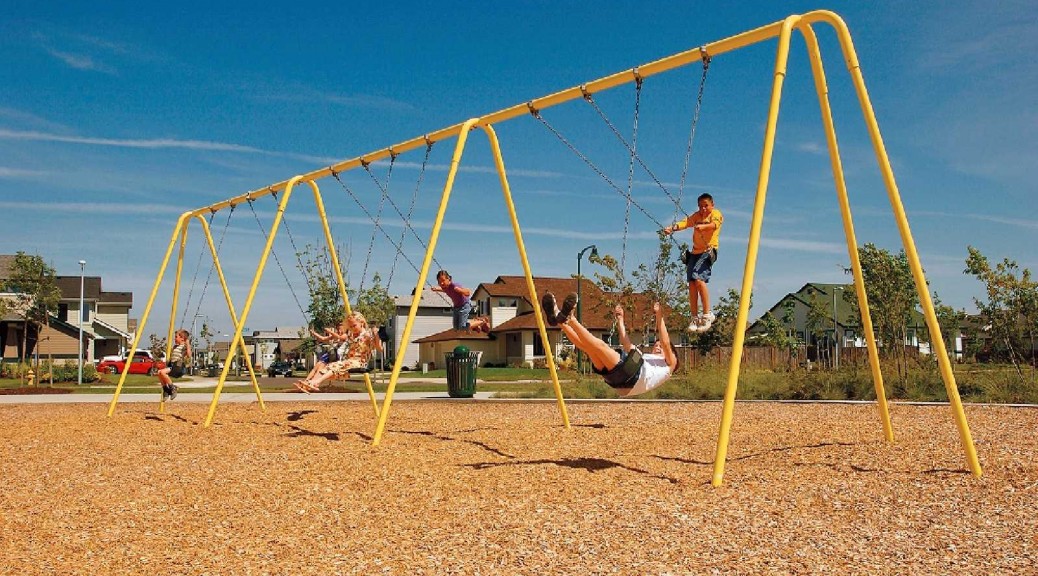1806. Or if not the first, one of the first. People didn’t generally talk about what they thought two spinsters, or two bachelors, who lived together did in the bedroom so there isn’t much in the historical records about it. This is a story of an exception to that, a marriage that was acknowledged by their neighbors and families.
While it was obviously a couple of hundred years before same sex marriage started becoming legal in some states, Sylvia Drake and Charity Bryant met, fell in love, and spent the rest of their lives together.
The lived and worked together as tailors in Weybridge, VT. They shared a bed, combined their incomes, tithed to the church, led charitable organizations, and lived as any other married couple. They had enough business that they could take in other young women as apprentices for periods of time and teach them how to make men’s clothing.
While we might be surprised at how accepting the town was, for that time, it was also not that simple. The women had to work at being valuable members of the community. Along with their charitable activities, they were active members of their church (Sylvia also taught Sunday school), and helped their nieces and nephews pay for their educations.
They are buried together in Weybridge Hill Cemetery.
If you’re interested in reading more about Charity and Sylvia, there’s a book about them, Charity and Sylvia: A Same-Sex Marriage in Early America by Rachael Hope Cleves.

